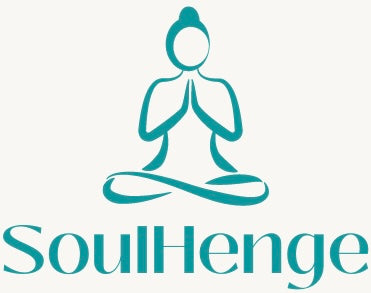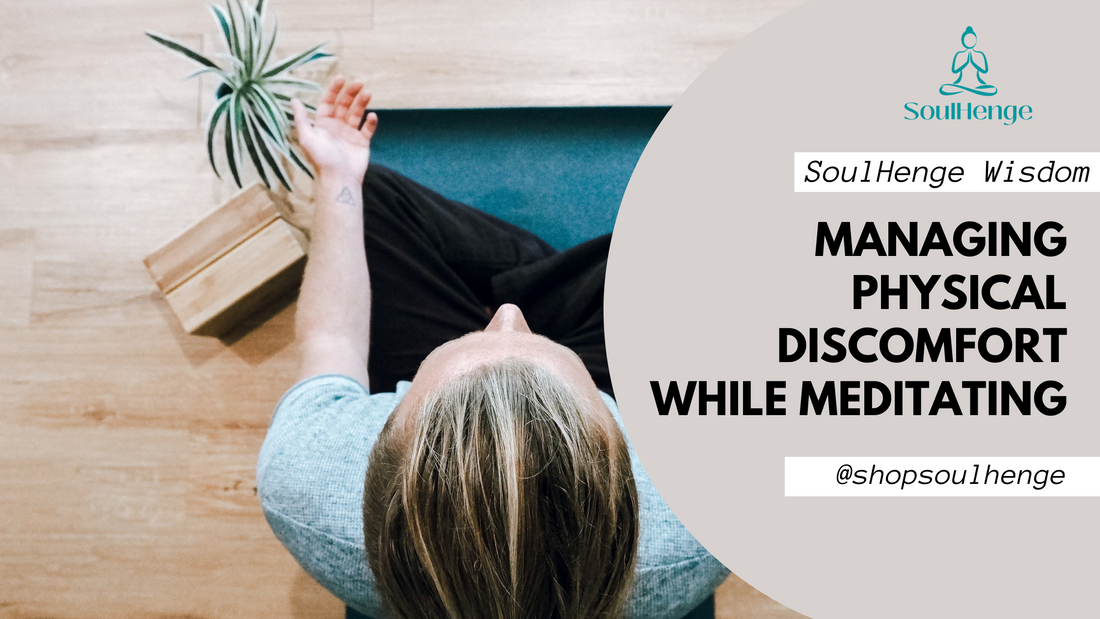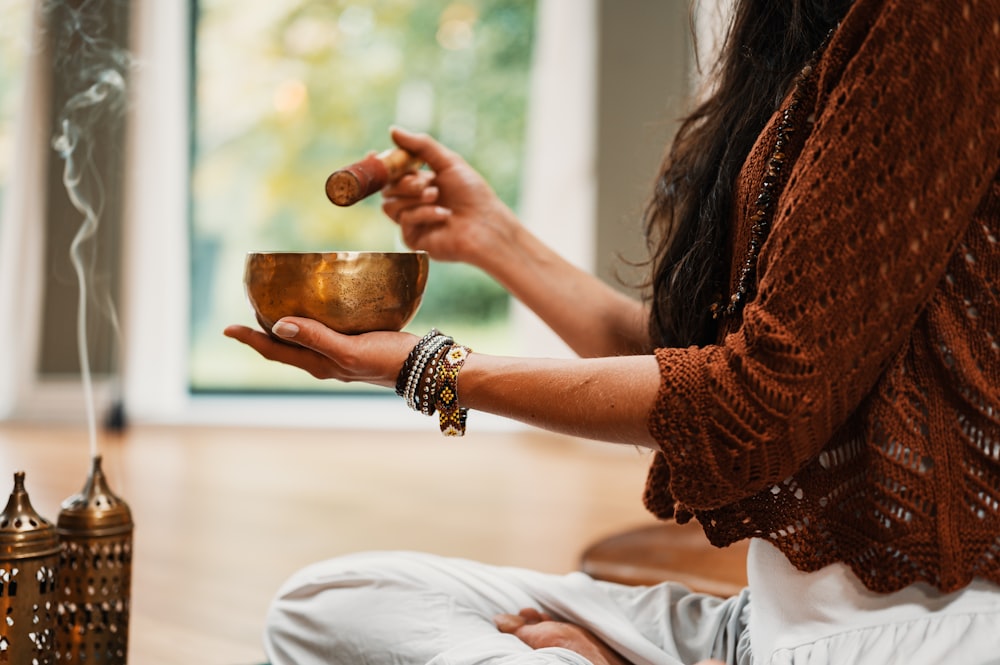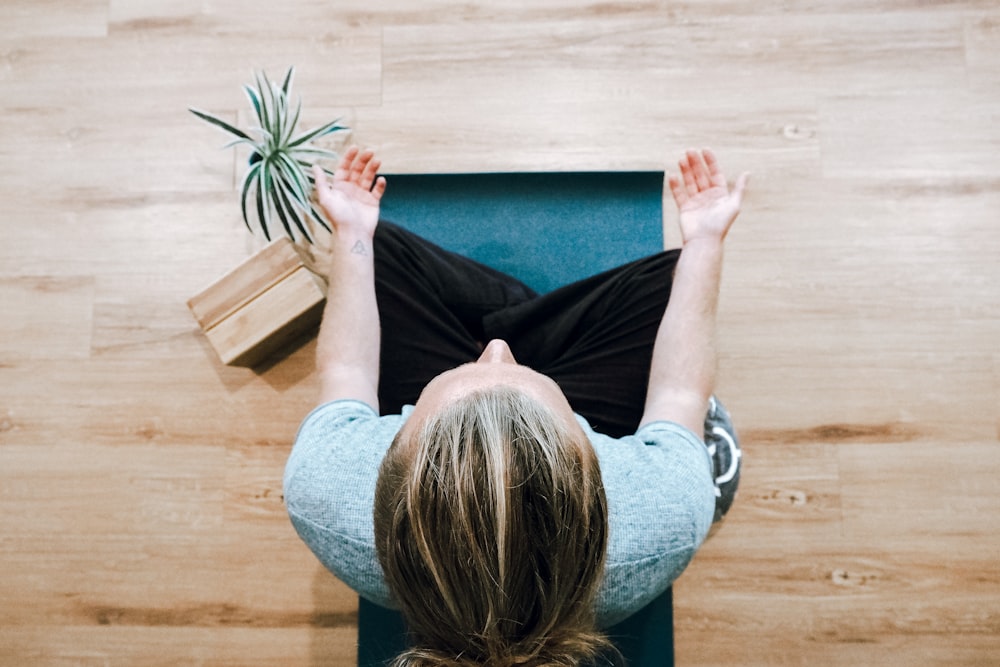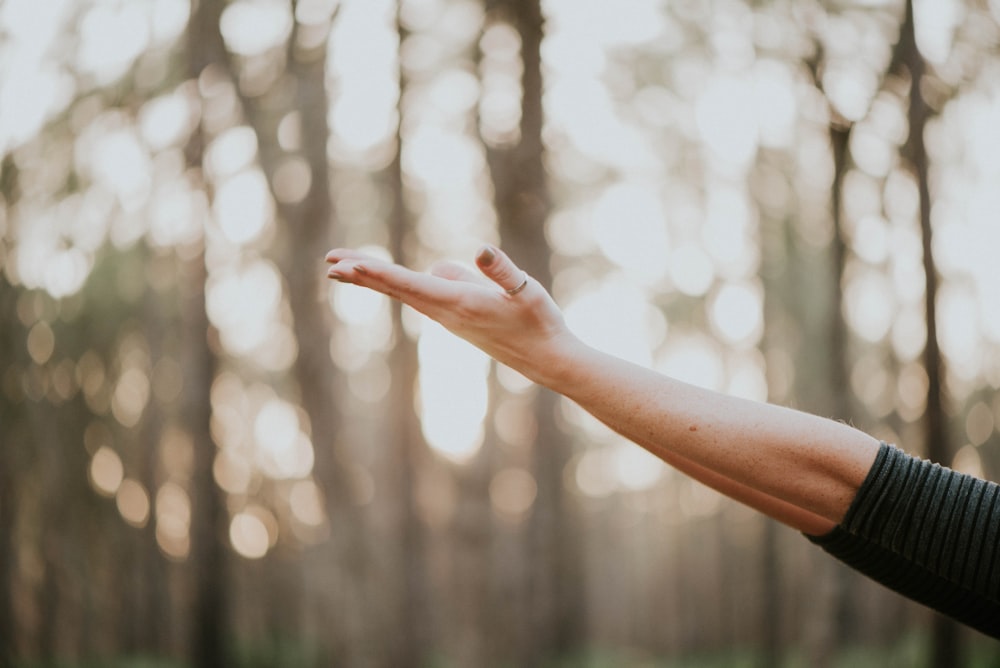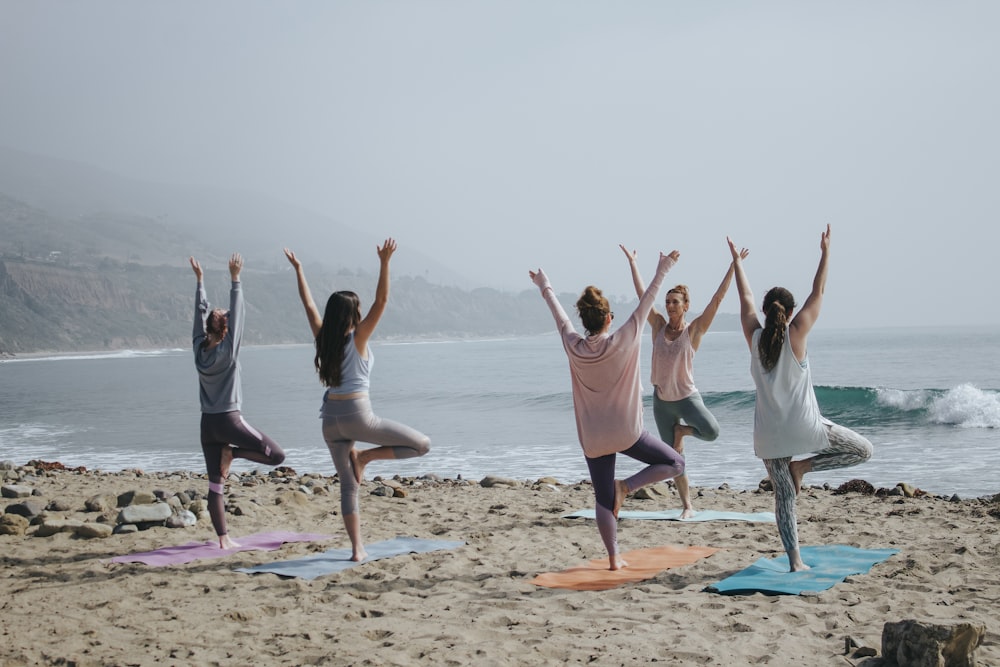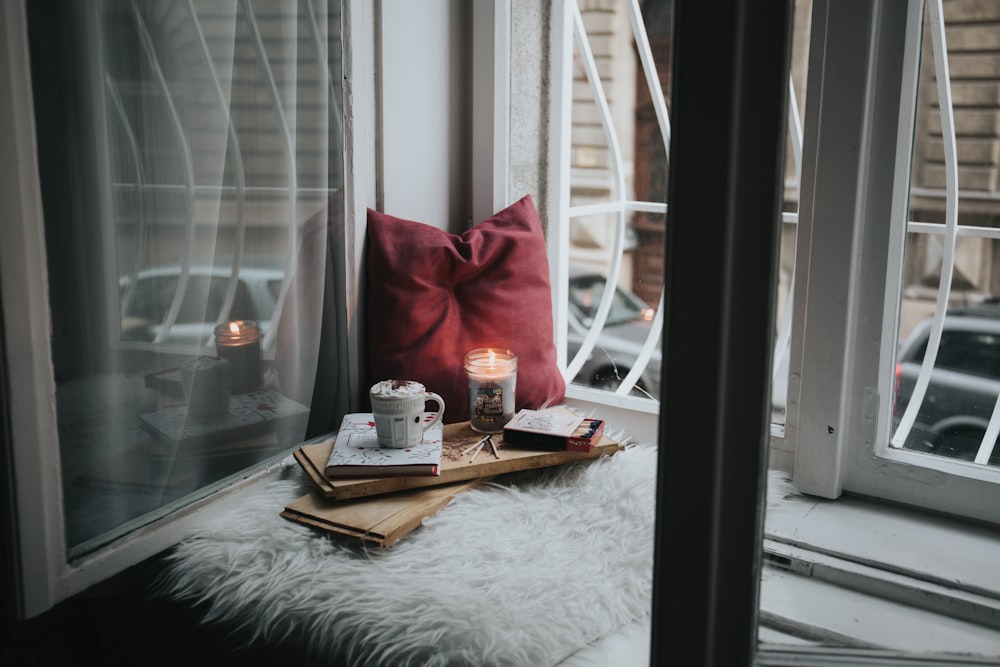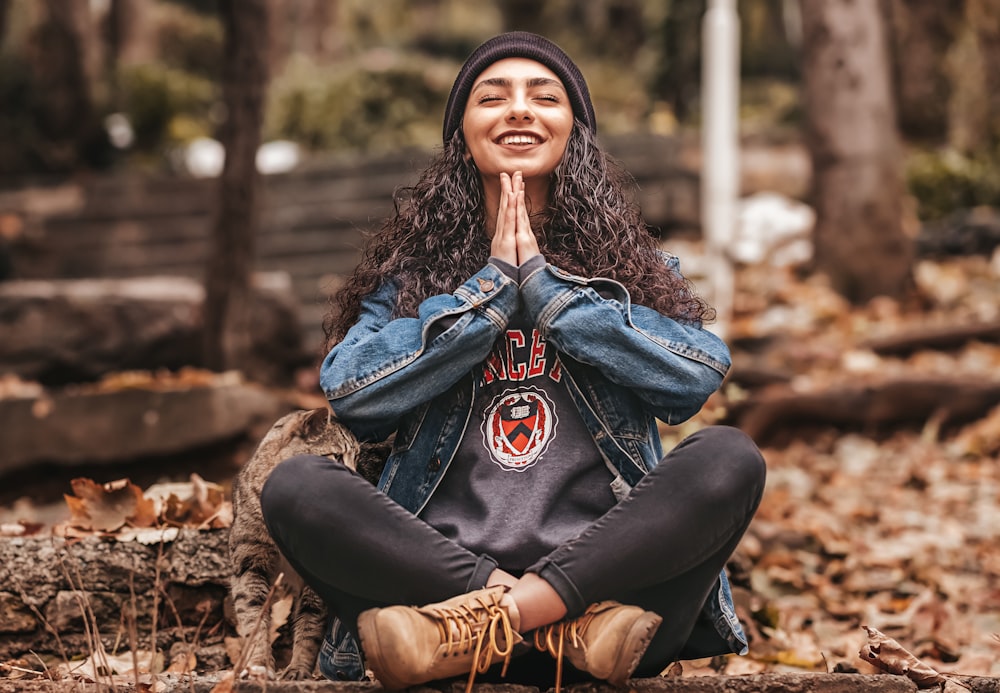In the serene quest for inner peace and mindfulness through meditation, one often encounters the paradoxical challenge of physical discomfort. As practitioners settle into their meditation practice, whether in a cross-legged posture on the floor or comfortably seated on a chair, they may find themselves contending with a myriad of bodily sensations that range from mild discomfort to outright pain. It's crucial to recognize that these physical discomforts are not aberrations but rather common companions on the path of meditation. By acknowledging and accepting their presence, practitioners can approach their meditation sessions with a sense of equanimity, understanding that discomfort, like all phenomena, is impermanent and transient.
Understanding Physical Discomfort in Meditation
Recognizing Common Challenges
The interplay between the mind and body is a fundamental aspect of the human experience, and nowhere is this more evident than in the practice of meditation. Physical discomfort has a profound impact on mental focus and emotional well-being, often serving as a distraction that impedes the attainment of deep meditative states. Conversely, a tranquil mind can exert a calming influence on bodily sensations, fostering a sense of ease and relaxation even in the presence of discomfort. Understanding this intricate mind-body connection is key to navigating physical discomfort during meditation effectively.
Exploring the Mind-Body Connection
It's essential to normalize the experience of physical discomfort in meditation, as it can alleviate the added stress and self-judgment that often accompany such sensations. Practitioners should be reassured that experiencing discomfort during meditation is not a sign of failure but rather a natural part of the journey toward self-awareness and inner peace. By normalizing these sensations, individuals can cultivate a compassionate attitude toward themselves and their practice, fostering a mindset of acceptance and resilience in the face of discomfort.
The Importance of Comfortable Seating
Finding the Right Posture
Supporting the body with appropriate meditation cushions, mats, and chairs can significantly enhance comfort and alleviate physical discomfort during meditation sessions. These accessories are designed to provide support to pressure points, promote proper spinal alignment, and cushion the body against hard surfaces. By investing in quality meditation equipment, practitioners can create a conducive environment that supports their physical well-being and deepens their meditation practice.
Supporting the Body
SoulHenge's meditation cushions stand out as exemplary tools for enhancing comfort and support during meditation sessions. Crafted with precision and care, SoulHenge products are designed to prioritize ergonomic support and durability, ensuring a comfortable and enriching meditation experience. From zafu cushions to crescent-shaped bolsters, SoulHenge offers a range of innovative products tailored to meet the diverse needs of practitioners.
Mindful Body Awareness Techniques
Body Scan Meditation
Body scan meditation is a powerful technique for cultivating awareness of physical sensations and releasing tension held within the body. By systematically scanning through different parts of the body with mindful attention, practitioners can identify areas of discomfort and learn to soften and relax those areas. Body scan meditation not only helps alleviate physical tension but also fosters a deeper connection between the mind and body, enhancing overall well-being.
Progressive Muscle Relaxation
Progressive muscle relaxation is another effective technique for easing physical discomfort and promoting relaxation during meditation. This technique involves systematically tensing and then releasing various muscle groups, allowing practitioners to become more attuned to their bodily sensations and release accumulated tension. Progressive muscle relaxation can be particularly beneficial for individuals who carry a lot of physical tension or experience chronic pain, offering a pathway to greater comfort and ease in meditation.
Breath Awareness
Breath awareness serves as a foundational practice in meditation, offering practitioners a simple yet potent tool for anchoring their attention and cultivating present-moment awareness. By directing their attention to the natural rhythm of their breath, practitioners can disengage from distracting thoughts and bodily sensations, fostering a sense of calm and centeredness. Breath awareness not only helps alleviate physical discomfort but also cultivates mindfulness and concentration, enhancing the overall quality of the meditation experience.
Movement and Stretching Practices
Gentle Yoga Poses
Gentle yoga poses and stretches offer a holistic approach to relieving physical discomfort and enhancing flexibility before or after meditation sessions. Incorporating gentle movements into the meditation practice can help release tension held in the muscles and promote a sense of relaxation and well-being. Practicing yoga poses mindfully can also deepen the mind-body connection, fostering a greater sense of harmony and integration.
Walking Meditation
Walking meditation provides a refreshing alternative to seated meditation, allowing practitioners to incorporate movement into their practice and alleviate physical discomfort. During walking meditation, individuals focus their attention on the sensations of walking, such as the movement of the feet and the rhythm of the breath. This practice not only offers relief from prolonged sitting but also cultivates mindfulness in motion, enabling practitioners to integrate meditation into their daily activities.
Incorporating SoulHenge Meditation Mats
SoulHenge's meditation mats serve as an ideal companion for walking meditation, providing a supportive and comfortable surface for practitioners to tread upon. Crafted with high-quality materials and designed for optimal comfort and durability, SoulHenge meditation mats enhance the walking meditation experience, allowing individuals to connect more deeply with their bodies and the present moment.
Creating a Supportive Environment
Ergonomic Considerations
Ergonomic considerations play a crucial role in creating a supportive meditation environment that promotes comfort and well-being. Simple adjustments, such as using a backrest or adding cushions for lumbar support, can make a significant difference in alleviating physical discomfort and allowing practitioners to sit comfortably for extended periods. By optimizing their meditation space for comfort, practitioners can create a conducive environment that supports their meditation practice.
Temperature and Lighting
Temperature and lighting are important factors to consider when creating a serene meditation environment that fosters relaxation and ease. A comfortable ambient temperature and soft, diffused lighting can help create a calming atmosphere that promotes a sense of tranquility and well-being. By paying attention to these environmental factors, practitioners can create an inviting space that encourages deep relaxation and inner peace.
Utilizing SoulHenge Accessories
SoulHenge offers a range of meditation accessories, including eye pillows and bolsters, designed to enhance comfort and create a serene meditation environment. These thoughtfully crafted accessories are made from premium materials and designed to provide optimal support and relaxation during meditation sessions. By incorporating SoulHenge accessories into their meditation practice, practitioners can elevate their experience and cultivate a deeper sense of ease and well-being.
Developing Resilience and Adaptability
Building Endurance
Building endurance in meditation requires patience, perseverance, and a willingness to embrace discomfort as an integral part of the practice. By gradually increasing their tolerance for discomfort through consistent meditation practice, practitioners can strengthen their capacity to sit with physical sensations and cultivate resilience in the face of adversity. Over time, discomfort becomes less daunting, and practitioners develop greater confidence in their ability to navigate challenging experiences on the cushion.
Embracing Impermanence
Embracing impermanence is a central tenet of Buddhist philosophy and holds profound implications for our relationship with physical discomfort in meditation. Recognizing that all experiences, including discomfort, are transient and subject to change allows practitioners to adopt a more accepting and non-reactive attitude toward their sensations. By cultivating equanimity in the face of discomfort, practitioners can free themselves from the grip of aversion and open themselves to a deeper experience of inner peace and contentment.
Exploring Alternative Practices
Exploring alternative meditation practices can be empowering for individuals who struggle with persistent physical limitations or discomfort. Lying down meditation, for example, offers a viable alternative for those who find sitting meditation challenging due to pain or mobility issues. Similarly, using supportive props such as cushions or chairs can help individuals adapt their meditation practice to suit their unique needs and abilities. By exploring alternative approaches to meditation, practitioners can find greater flexibility and freedom in their practice, allowing them to access the transformative power of meditation regardless of physical constraints.
Closing Thoughts
In conclusion, managing physical discomfort while meditating is an essential aspect of the journey toward inner peace and self-discovery. By understanding the nature of physical discomfort, cultivating mindfulness and self-compassion, and utilizing supportive tools and techniques, practitioners can navigate the challenges of discomfort with grace and resilience. Whether it's finding the right posture, incorporating mindful body awareness techniques, or creating a supportive meditation environment, there are myriad ways to enhance comfort and deepen the meditation experience. With dedication, patience, and a willingness to embrace discomfort as a natural part of the process, practitioners can unlock the transformative potential of meditation and cultivate greater ease and well-being in body and mind.
As you embark on your meditation journey, consider exploring SoulHenge's range of meditation cushions, mats, and accessories to enhance your comfort and support during meditation sessions. With their ergonomic design and premium quality materials, SoulHenge products are tailored to meet the diverse needs of practitioners and elevate the meditation experience to new heights of tranquility and well-being. Embrace comfort, embrace mindfulness, and let SoulHenge be your trusted companion on the path to inner peace and fulfillment.
